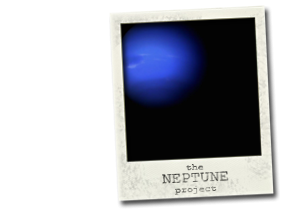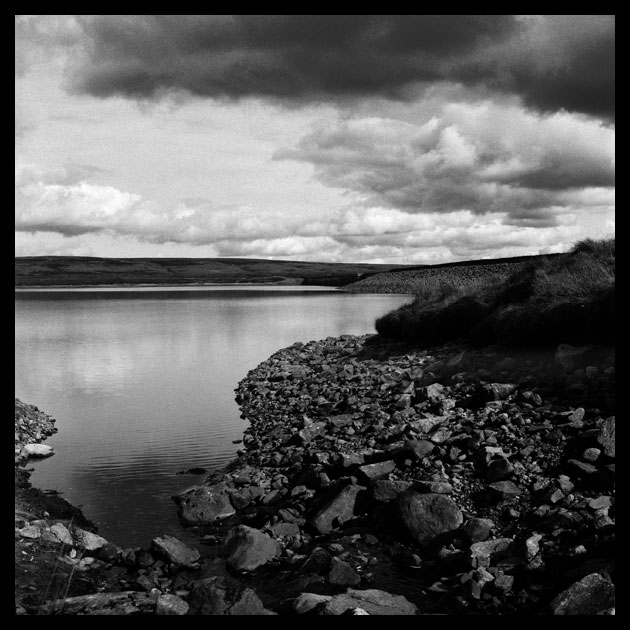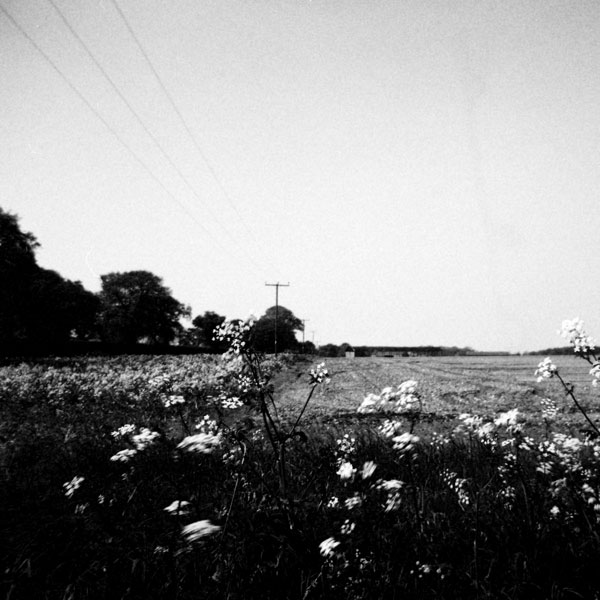Tag Archives: home processing
Brownie Flash III on Fuji Acros 100
There isn’t an outing in this house that doesn’t involve at least four cameras each (per adult) and one each for at least three of the children… That’s a *lot* of cameras…
And there’s a danger with this modus operandi: one tends to forget which camera does or doesn’t contain film.
I had assembled my photographic equipment for our walk the other day: my Halina Paulette, Bencini Comet IIS and my Lomo Lubitel 2, when another appeared on my ‘pile’ – a Brownie Flash III. I asked Jem if he’d put it there and he told me he’d noticed it had a ’4′ in the red window. Eek! That meant it had film in it and I had no recollection whatever of when or where I had loaded it and taken the first four shots. The only thing I did know (because it was another of our ‘live and learn’ moments) is that it was loaded with Fuji Acros 100… because I had put a sticker on the bottom of it saying so.
So, now that we’re up and running with our own developing, it seemed prudent to finish the film as quickly as possible and get it processed.
Of the mere eight shots that a roll of 120 yields from a Box Brownie, only four and a bit really came out. Despite the fact that the camera had been stored in its original canvas case, the film had still deteriorated and there’s serious fogging throughout, totally destroying two shots, making the third unusable, but the other five came out with varying degrees of success.
My lessons for today, then, are:
- Remember which camera is loaded.
- Make sure you use it till it’s done.
- If you store it for a while without using it, make sure you cover the red window with electrical (or similar) tape.
One of them, however, came out beautifully in spite (or maybe because) of the deterioration. One of our favourite photographic spots:
Bencini Comet IIS loaded with 35mm Fujicolor C200
Once again, a steep learning curve ![]()
It wasn’t until I’d developed the film that I realised how much of the shot you lose to the top and bottom when shooting 35mm in a 127 medium format camera. So I’ve lost heads and feet… But, fortunately, most of the shots I took were either landscapes or far enough away not to be too significant.
This was a seriously fun experiment.
I’ll talk you through it.
I started off with a dark-bag, a canister of 36 exp Fujicolor C200 film, a 127 spool and used roll of backing paper, scissors, an empty plastic film canister, and a length of string with which to measure the amount of film I needed for the roll. I had already marked the backing paper with masking tape where the film needed to begin and where it would end and, in the dark-bag, I used that tape to fix it to the backing paper. I opened the canister, used the string to measure out the amount I needed, cut it off the rest of the roll and put the remainder into the black plastic film pot (which I marked with its contents). Then I fixed it, as mentioned, to the backing paper and wound it on to the spool. Which is all jolly good fun and gives a whole new lease of life to the expression ‘fumbling in the dark’.
Once it was wound really tight, I could use a little more masking tape to secure it, and then it was ready to load into the camera. A friend-in-the-know (that’s you, Juliet) mentioned that, since the 35mm is a more sensitive film, you need to cover the red window with some dark tape (I used electrical tape) and peel it back in subdued lighting in order to wind the film on to the next frame. This worked well.
Here are a couple of the shots (you can find the rest here and, for the sake of a laugh, if nothing else, I have included the headless shots ![]() ):
):
Cross-Processed Fujicolor C200
My first cross-processed film.
We bought some Fujicolor C200 from Bulgaria, on eBay, and I processed the film in Ilford LC29 (black and white) chemicals. This gallery contains some of the shots from that roll. I was pleasantly surprised by the results. ![]()







